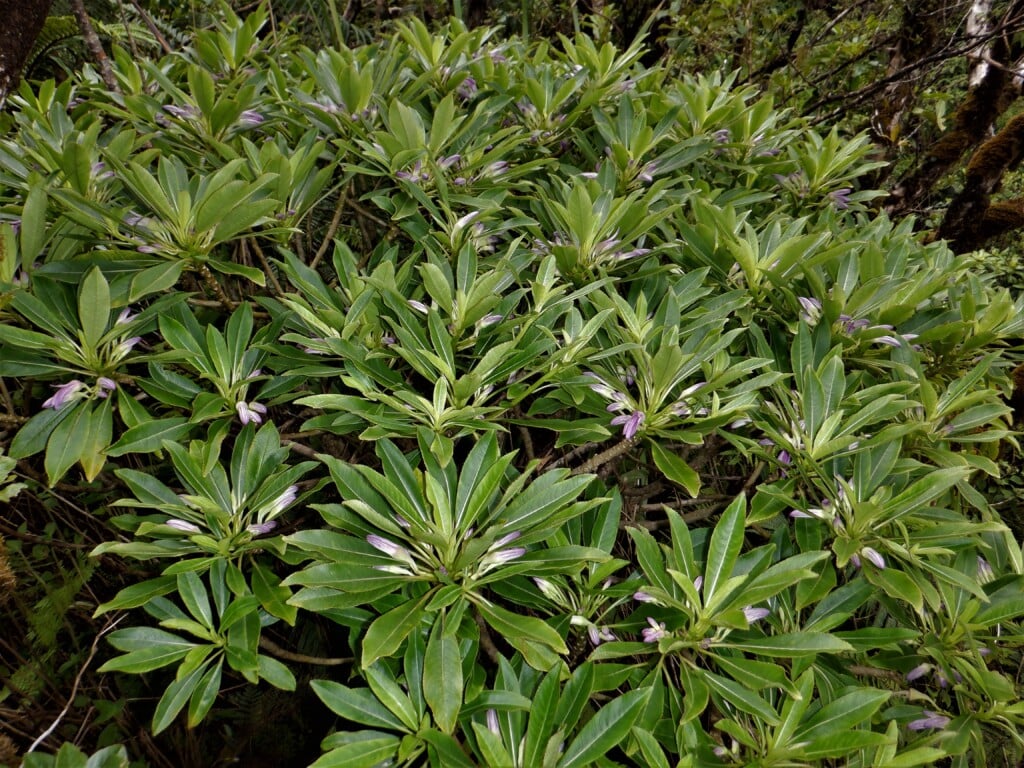New Plant Species Unique to Hawaiʻi Discovered on Maui
The Clermontia hanaulaensis has only been found in West Maui, and the species is incredibly rare.

Sometimes, the road less traveled can lead to some exceptional discoveries.
A prime example of this can be found in the recent discovery of the Clermontia hanaulaensis, a new addition to the Clermontia family. The Clermontia hanaulaensis was spotted by botanist Hank Oppenheimer of the Plant Extinction Prevention Program (PEPP), a partnership with DLNR and the University of Hawai‘i. During a routine survey of the area, Oppenheimer decided to look over a ridge he hadn’t explored before, and was surprised to find a patch of these rare plants growing right out in the open, with just over 80 adults and 20 seedlings spread out over an area the size of roughly 10 football fields. “I decided to just turn a different way and look over a ridge I hadn’t explored before and there they were,” said Oppenheimer. “They looked very different from other Clermontia.”
Clermontia is a genus of plants that evolved in Hawai‘i and is found nowhere else in the world. They grow as small shrub-like trees in cloud forests, wet and mesic forests, bogs and shrublands. Their long, paddle-shaped leaves grow atop branches that fork like a candelabra. Urban gardeners might compare their growth to non-native plumeria, but Clermontia flowers are long, spreading tubes sheltered by their leaves above. This species flower is lavender and white.
Although the plant was actually spotted in 2020, it took years for botanists from around the state to verify that the Clermontia hanaulaensis was in fact a new species and not a a hybrid of other Clermontia species. Botanists also had to study the plant’s leaves and flowers, comparing them to herbarium specimens and photos to confirm that it is a previously undiscovered species.
While the discovery of a new plant, especially one unique to Hawaiʻi, is a joyous occasion, the species is already already being considered for a critically endangered status. There are many threats to the Clermontia hanaulaensis, some of which include introduced plants, slugs, pigs and rats which eat seeds and fruit. Axis deer are also a major threat to plant-life on Maui, the the spread of the Clermontia hanaulaensis’s population is hindered by the lack of native forest birds in the area due to mosquito-spread avian malaria.
Fortunately, the plant was found by PEPP and seeds have already been collected to hopefully ensure the species’s survival. The land that the plants were found on is also not state protected land, however the landowner has been a longtime conservation partner.
For more information about PEPP, visit pepphi.org.


